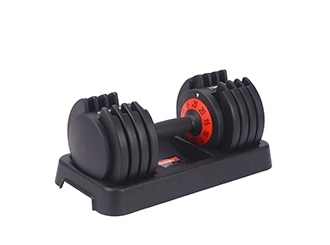
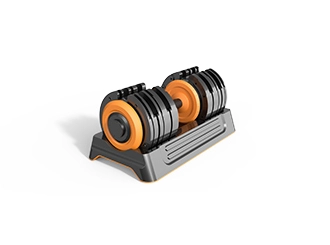
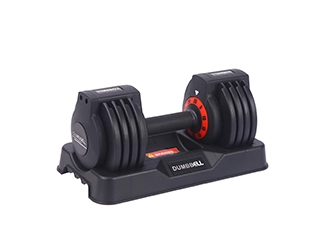
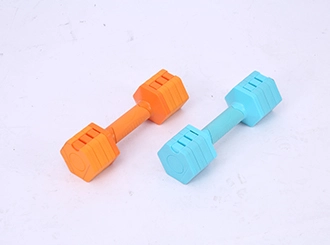
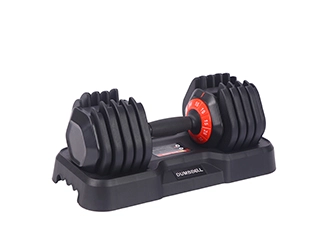
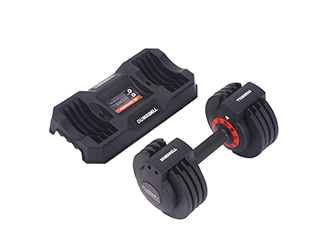
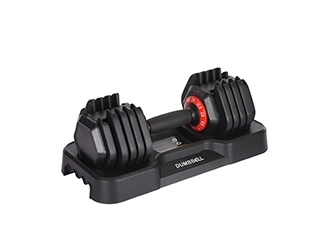
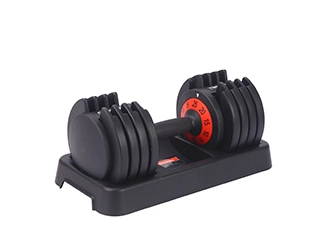
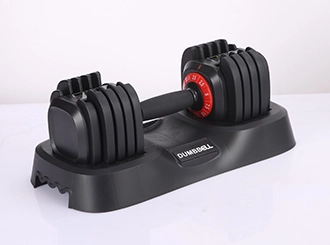
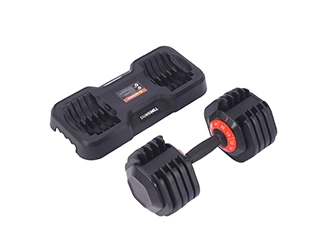
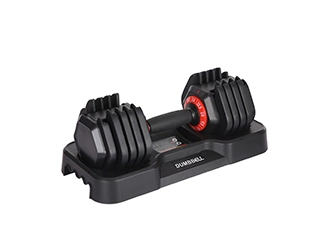
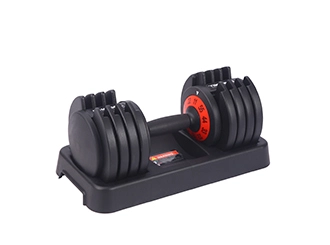
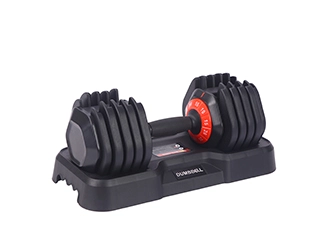
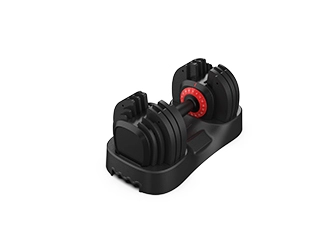
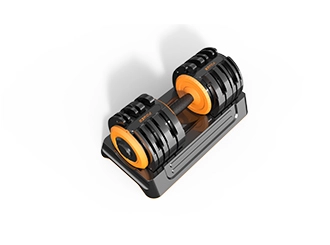

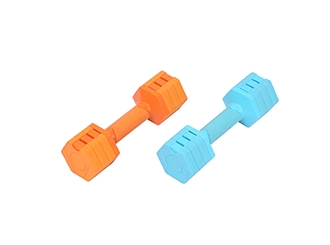
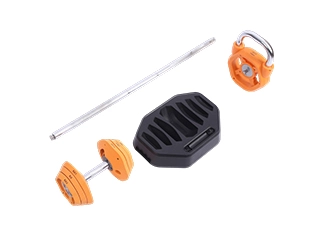
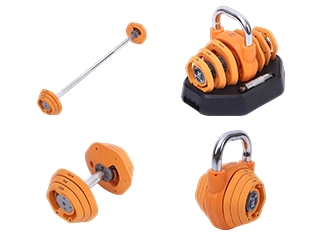

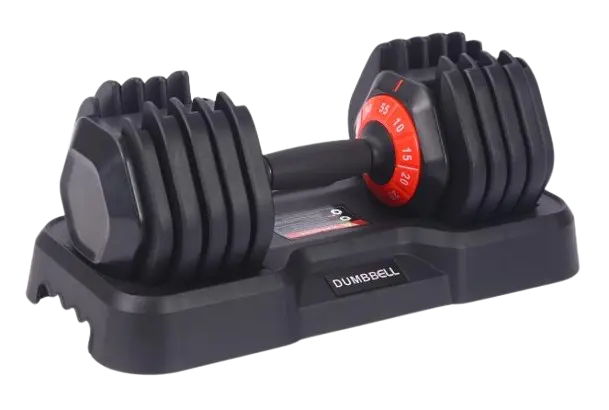

























The fitness industry has seen significant innovations in equipment design, with adjustable dumbbells gaining popularity among home gym enthusiasts. This research analyzes the advantages and disadvantages of adjustable dumbbells compared to traditional dumbbells, focusing on three key factors: space-saving, versatility, and user experience.
One of the most compelling advantages of adjustable dumbbells is their space-saving design. Traditional dumbbells require a dedicated space for each weight, leading to clutter and necessitating more storage. For example, a complete set of traditional dumbbells can take up considerable space, especially for those with limited home gym areas. In contrast, adjustable dumbbells can replace an entire set with just one pair. Users can easily adjust the weight by simply turning a dial or inserting a pin, which drastically reduces the space required for storage.
This space efficiency makes adjustable dumbbells an ideal choice for individuals living in apartments or smaller homes. For instance, a user can perform a range of exercises with a single pair of adjustable dumbbells, freeing up floor space for other workout activities. However, while adjustable dumbbells are compact, they may still require a designated area for the adjustment mechanism, which could negate some space-saving benefits.
Adjustable dumbbells are renowned for their versatility. They typically allow users to switch between various weight increments, making them suitable for a wide range of exercises and fitness levels. Users can easily transition from lighter weights for exercises like bicep curls to heavier weights for compound movements such as squats or deadlifts. This flexibility encourages a more comprehensive workout regime, allowing users to target different muscle groups efficiently.
In contrast, traditional dumbbells lack this adaptability. Users must purchase multiple pairs to accommodate different weights, which not only increases the cost but also limits exercise variety. For example, a user aiming to perform progressive overload—the practice of gradually increasing weights—would find it cumbersome to continuously switch out traditional dumbbells. While traditional dumbbells offer simplicity and a tactile experience that some users prefer, their versatility falls short compared to their adjustable counterparts.
User experience is a crucial consideration when evaluating fitness equipment. Traditional dumbbells are straightforward and user-friendly; there are no mechanisms to adjust, which means they can be picked up and used immediately. Many seasoned lifters appreciate the reliability of traditional dumbbells, as they can easily gauge weight increments and maintain a consistent workout routine.
However, adjustable dumbbells may present a learning curve for new users. Some models require understanding how to adjust the weights properly, which might be daunting for beginners. Additionally, certain designs can be bulky or less ergonomic, leading to discomfort during workouts. It’s essential for manufacturers to address these usability concerns by providing clear instructions and designing adjustable systems that are intuitive.
That said, advancements in technology have improved the user experience of many adjustable dumbbells. For example, some models feature user-friendly interfaces or smart technology that tracks workouts, making them attractive to tech-savvy users. Moreover, adjustable dumbbells can foster a more engaging workout experience by allowing users to experiment with different weights and exercises without the hassle of changing equipment frequently.
In conclusion, both adjustable and traditional dumbbells have unique advantages and disadvantages that cater to different user preferences and needs. Adjustable dumbbells excel in space-saving design and versatility, making them a practical choice for those with limited space and a desire for diverse workouts. However, traditional dumbbells maintain their appeal through simplicity and ease of use, particularly for seasoned lifters.
Ultimately, the choice between adjustable and traditional dumbbells should be based on individual fitness goals, available space, and personal preferences. As the fitness landscape continues to evolve, understanding these differences will enable consumers to make informed decisions that enhance their workout experiences.